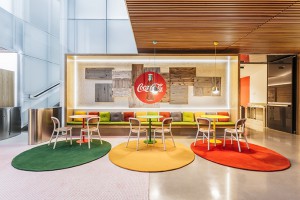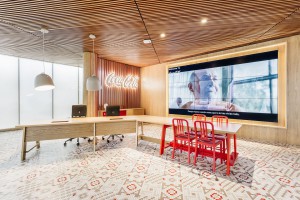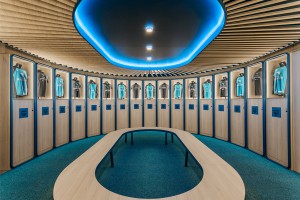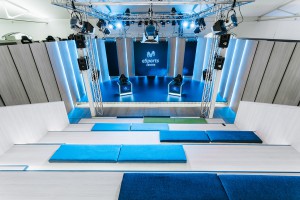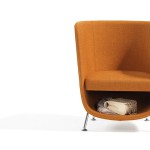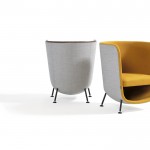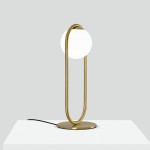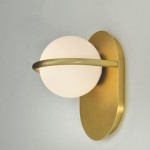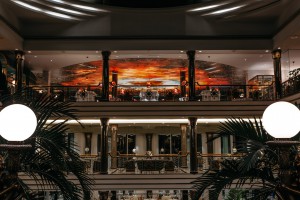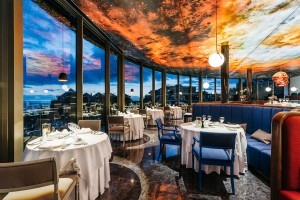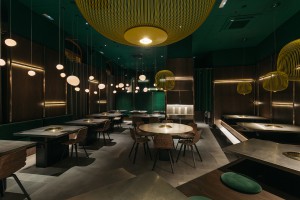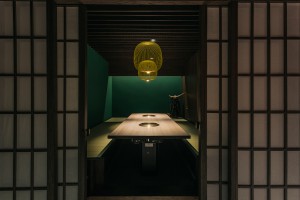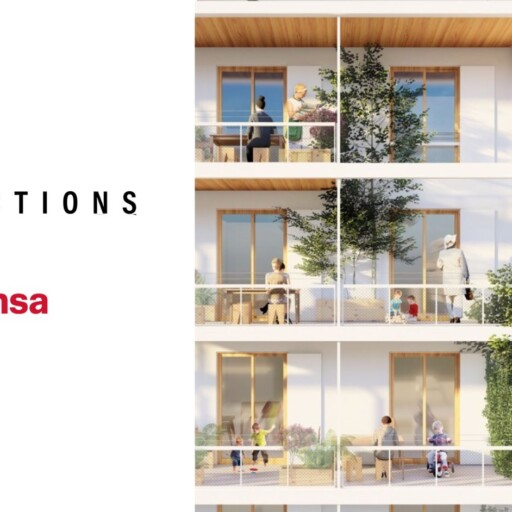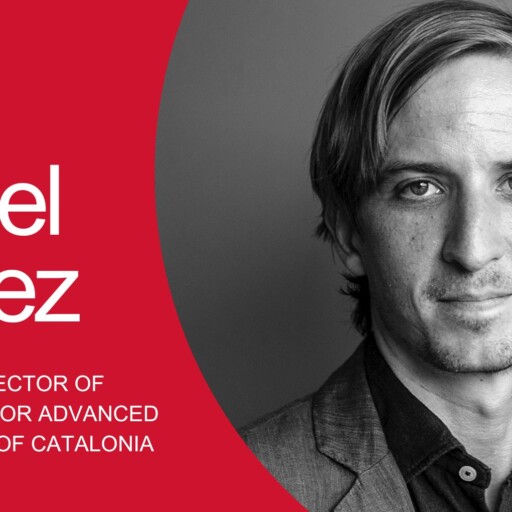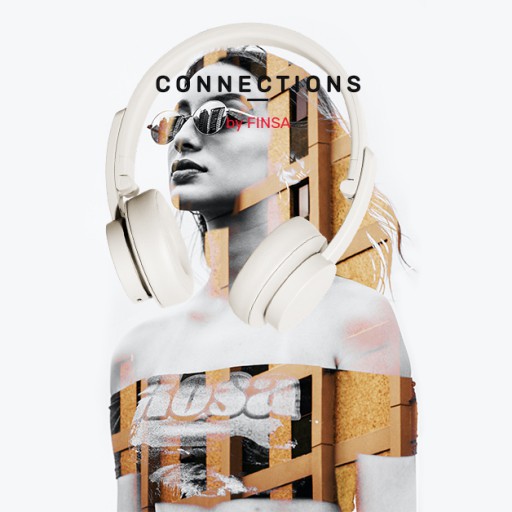Eva Prego (La Rioja, 1974) and Cutu Mazuelos (Madrid, 1973) have spent half their lives working together. Since starting Stone Designs after finishing their studies, they haven’t stopped growing, and now they design all over the world, with more than half of their business coming from outside Spain. Russia and Japan have been won over by this creative duo who develop their projects from a personal perspective, and always remain true to themselves. They know that design is about telling stories and today we want them to tell us their own.
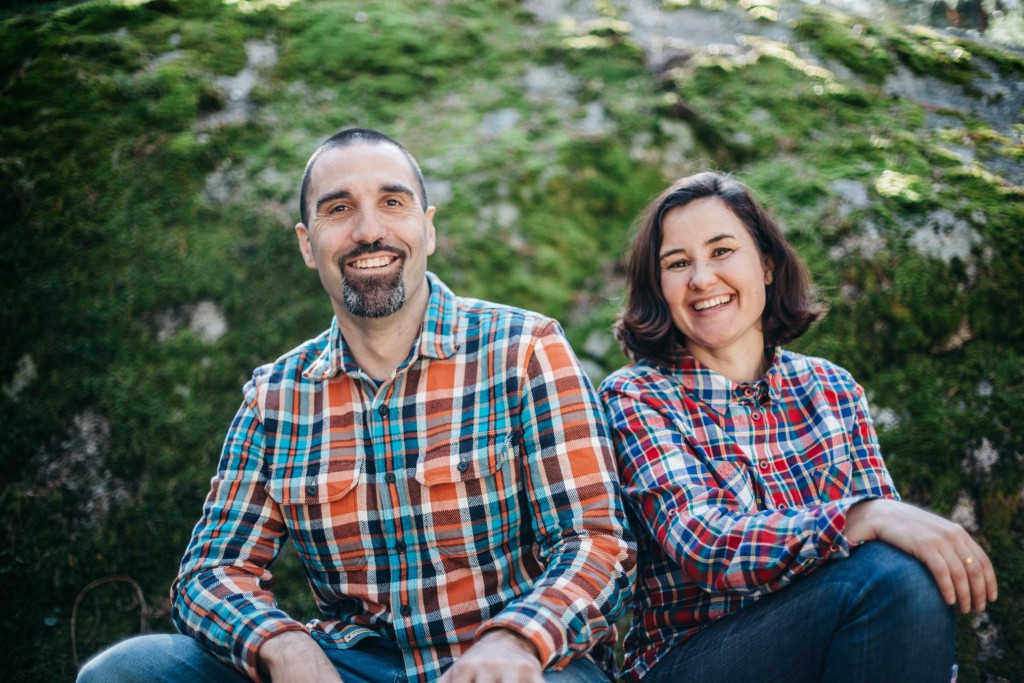
At Stone Designs you combine product design with interior design. If you had to choose, which one would you keep?
Cutu: Neither! We like them both! Interior design provides you with a very global perspective, it allows you to create the whole concept by controlling every detail. We really like product design, but in the end its embodied in a product which is at the mercy of the person who buys it and puts it where they want.
Eva: Product design also has a very attractive industrial component. Sometimes, when we are in the studio working on lots of interior design projects, we want to change to product design. Or vice versa.
Would you be able to choose a favourite project?
We have projects that have been turning points in our careers. But the favourite is always the most recent, until you are going to do another one that excites you even more
Muji, Lexus, Starbucks, Adidas, and Coca-Cola are some of the clients that have put their trust in you. Do you work in the same way for a smaller company as you would for one of these big brands?
Cutu: No, a bigger client is more complicated. Dealing with smaller clients is more personal, there is a human component that we really like. Normally they have fewer resources, but the level of enthusiasm they bring to the project and the involvement of their team are greater. In the end, the bigger the company, the more complex everything is.
Eva: Sometimes working with the structure of a big company has been complicated for us, because they were projects that were out of the norm for them and they had to put their trust in us.
Coca-Cola Spain’s head office by Stone Designs
Movistar eSports Center, by Stone Designs
Does fewer resources mean more ingenuity?
Cutu: For me that has always been an excuse for those that don’t want to invest more money. Ingenuity does not conflict with money, but Ferraris aren’t manufactured with imagination alone. They are made with imagination and lots of money. Imagination doesn’t perform miracles and quality has a price.
Eva: Working with big budgets is also very complicated, more so than with a small budget. And the most complicated situation is when the budget doesn’t matter, when there is no limit.
You just designed ‘Directions’, Finsa’s concept booth at Orgatec. What does ephemeral architecture mean for you?
Eva: We spent almost the first ten years at the studio creating ephemeral architecture. As it’s so fast, and since it doesn’t have to last and you know that it’s going to disappear in a few days, it gives you lots of room to experiment, with materials, structures etc.
Cutu: You learn to work very quickly, to provide ingenious solutions with few resources and very little production time. It was a very important learning curve that then opened many doors for us and which taught us about many processes that are not normally applied to the world of interior and product design.
Eva: Thermoforming, fibreglass, expanded polystyrene…we learned about all of these at fairs, which have taught us a lot. We worked on the Finsa booth with a very tight timeframe but we really enjoyed the project and we were very happy with the result. It was very well-received, and many people even asked if we were selling the furniture.
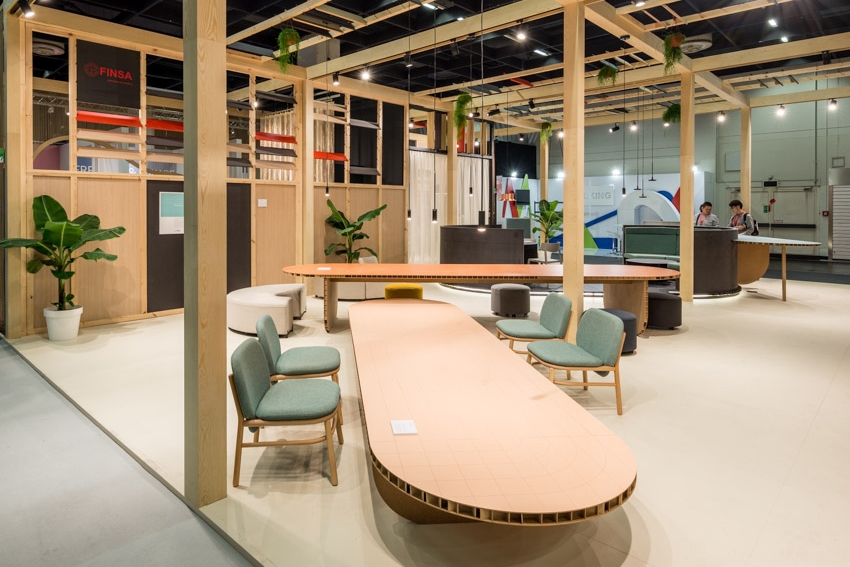
Finsa’s booth at Orgatec, by Stone DesignsYou are the directors of the Master of Product Design at IED Madrid. What view of design do you transmit to your students? And what do you learn from them?
Cutu: Our students are already architecture, design, or fine arts graduates…they are already professionals. We try to give them a more accurate insight into the market, a more pragmatic view of the profession, so that they can start to be able to navigate the world that they must lead, which is not at all easy.
Eva: We try to teach them to look for where they fit best, because it’s a very broad profession and you can take part in many stages of the process.
Cutu: We try to make them see that design is a team effort and that the success of a product is not exclusively based on the creative aspect. It’s just another piece of the project, but the whole process includes many professionals that are involved in different aspects of design, which is what ends up making a project successful or catastrophic. We try to guide them in this way and show them how to develop a project from start to finish.
Eva: We get a lot from their enthusiasm and energy. And since I am little clueless when it comes to new technology, young people, of which we have a lot in the studio, always teach me something new. They are very up-to-date.
Cutu: What fulfils me most is seeing that they can handle themselves, how they grow and learn thanks to what you are contributing.
What is the key to a good design for you?
Cutu: The proof that it is good is when it doesn’t die, when it keeps working after many years. Although that doesn’t mean that a product with a shorter lifespan isn’t good. But the key to success in interior design is that you make your client money, because as naïve as our profession may seem, brands hire us to help them make money. That means a series of conditions that the project must fulfil in order to be profitable.
Eva: In product design, for me a design is good when it has a backstory. Sometimes there is also development behind it which makes the project more interesting. When there is an intelligence about it, its use, because you’re fulfilling a new need…Life changes and objects need to carry out new functions.
Silla Pocket, by Stone Designs
Lámparas C_Ball, by Stone Designs
Which aspect of your work do you most enjoy and why?
Cutu: Without a doubt, I suffer the most during the creative part but it’s also the part I like best. I like to work on the development, but I prefer the conceptualisation of the project.
Eva: I really enjoy the conceptual part, but the finishing touches are more Cutu’s domain. In interior design, what I like most is figuring out the flow of a space, and in interior design, and in product design it’s working on the scale, making a piece well-sized so that it is well-proportioned.
What inspires you every day? Do you have a certain ritual, do you consult a specific publication that is like a bible for you?
Cutu: Travelling inspires you because it is an immersion in different cultures. But what really inspires me is having time for myself to think. It’s also fundamental. Daily life swallows you up and when you have a big studio it’s hard to find time. Because inspiration is something that strikes but it is also something that you are training and controlling, because project deadlines are what they are. It’s the difference between a professional and an amateur.
Eva: When we return in September after holidays it is very obvious that our mental agility is better.
Cutu: We also live in very natural surroundings, with a lot of green, and nature is the most frequently recurring reference in our projects, along with Japanese culture.
Eva: Cultures in general. In every place that we work on projects we like to transfer its culture onto our personal way of interpreting it.
Hotel Jardines de Nivaria, by Stone Designs
Yakiniku Restaurant, by Stone Designs
How do you connect with what interests you? Are you more digital or analogue?
We are analogue with experiences. The things that we like to do are more analogue than digital. But nowadays in order to be connected to the world you have to do it digitally, especially because it allows you to connect at a level and with a depth that is impossible to do the analogue way. It’s a combination – daily life is very digital but experiences are very real.
Can you disconnect while travelling, or is that not possible when it is for work?
Eva: I disconnect in my personal life. Having two children doesn’t leave you much time to disconnect, and travelling, even if it’s for work, helps me.
Cutu: For me, the only moment in which I truly disconnect from work is when I’m doing sport: surfing, snowboarding, motocross etc. I don’t have a choice – if I don’t centre myself, I’ll die!
How do you define a good designer?
Talent, undoubtedly. A designer without talent is like a singer without a voice. But above all, perseverance and commitment is what makes a good designer. The problem in such a globalised and ephemeral world, everything goes so fast that people don’t want to spend years learning. Learning requires a lot of time and professions like ours require professional maturity. It’s very difficult to be a great designer if you’re not a mature adult. You can have very good ideas and be very brilliant, but to do your best projects you need personal and professional maturity. And that only comes with years of working.
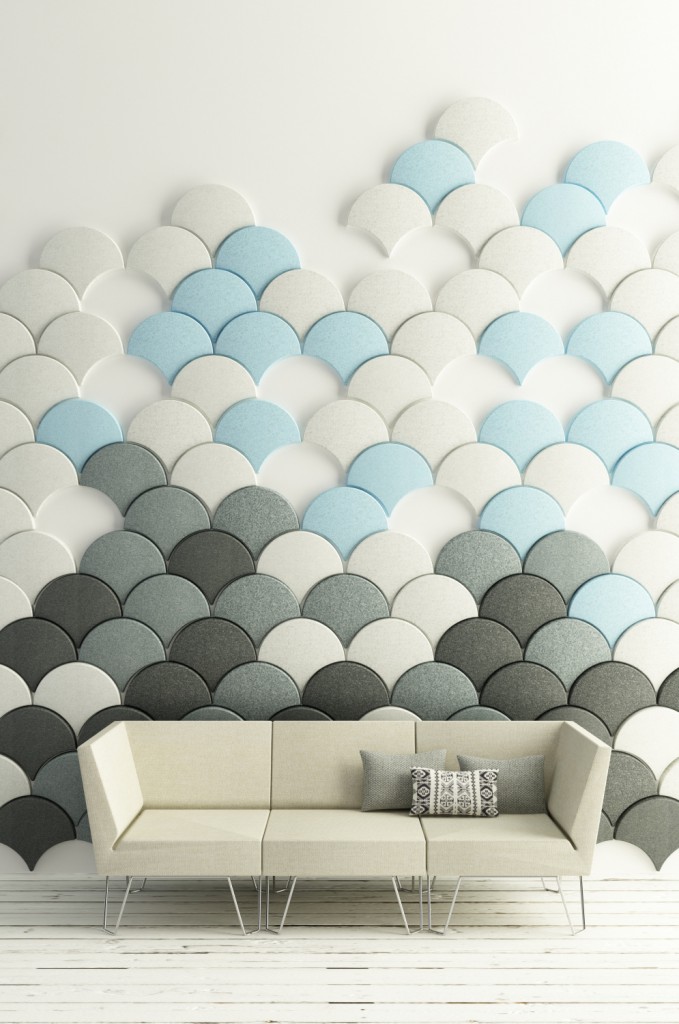
If you hadn’t become designers, what do you think you would be doing now?
Cutu: Something related to fine arts, like painting, sculpture…Some type of creative profession.
Eva: I was always sure. I didn’t know that I was going to be an industrial designer, or in what field, but I knew I was going to design. My father was also an architect and I have always liked watching him draw.
Which architectural and design professional would you like to connect with?
Eva: There would be a lot. Stefan Diez, for example, because he has an element of industrial development which I really like. But working in a team is very complicated. We started with four and look at us now! We have collaborated and completed many projects as part of a team, but in multidisciplinary teams, with professionals that complement us.
Cutu: I know exactly which studios I really like, the professional colleagues that I admire: Stefan Diez, Patricia Urquiola, the Bouroullec brothers. But I don’t know if I would like to collaborate on a project with them. When you have a very defined way of working, working hand-in-hand with another product designer is very difficult. What we have done is worked with our clients’ creative teams, but they are more relaxed. Also, you are already in a very comfortable position, because they have requested the studio and they are waiting expectantly to see what you can contribute.


